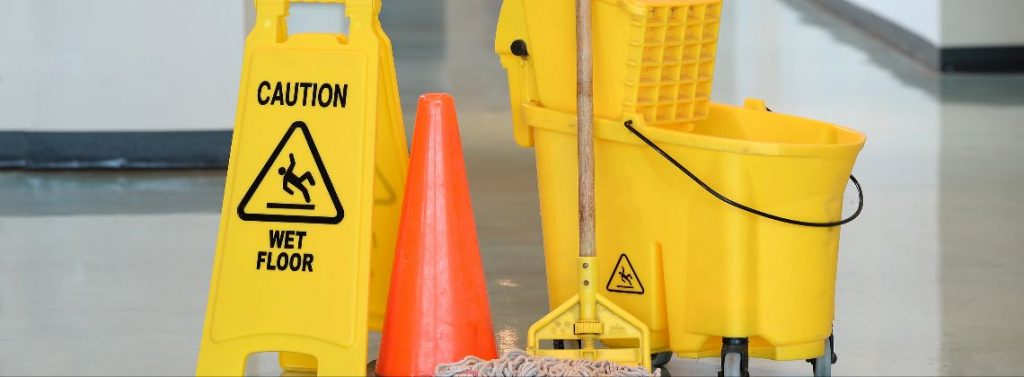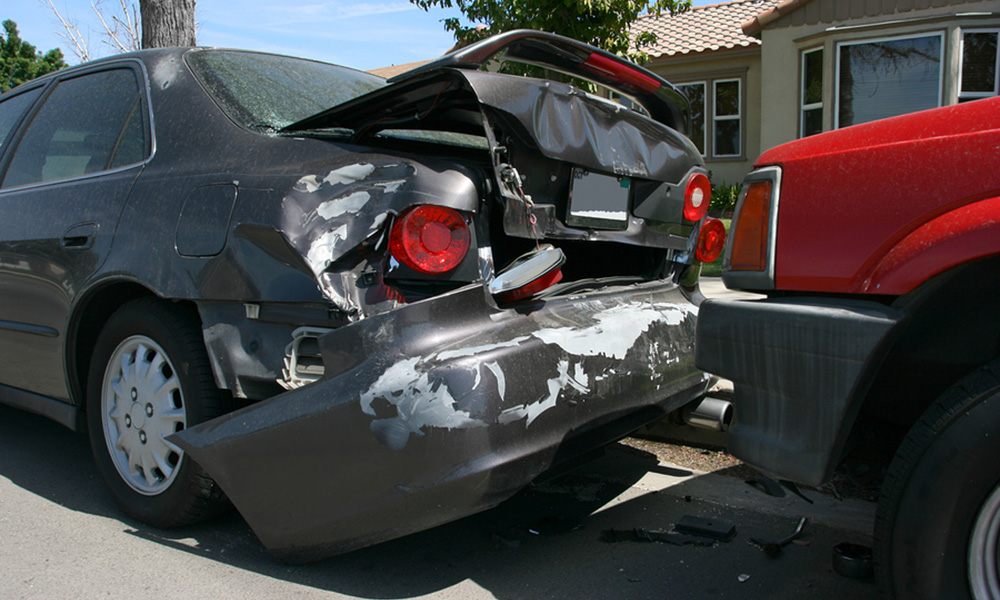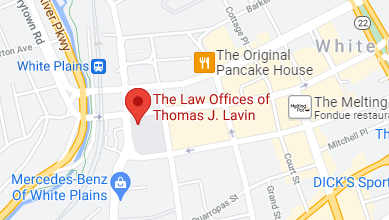What Is New York’s Scaffold Law?
New York’s Scaffold Law is a labor law that puts all responsibility for the safety of employees using scaffolding during construction projects directly onto the construction company’s owners or general contractors. It applies explicitly to gravity-related accidents that cause injuries to the employee who falls.
The reason for this law is that the Occupational Safety and Health Administration (OSHA) reports about 80 deaths annually from scaffolding falls, along with 4,500 injuries. In fact, of the top four causes of death in the construction industry, falls are the top cause, followed by being struck by an object, being electrocuted, or being caught in or crushed by materials or machinery. But the last three account for just over half as many deaths as falls do by themselves.
Who Can File Claims Under the Scaffold Law?
The Scaffold Law was designed to apply to a particular set of circumstances and people, meaning not everyone who was injured in some way involving gravity and something or someone falling is eligible to make a claim using it. The law is only for people working in the construction industry itself, not for third parties such as people providing maintenance or decoration on a building or scaffolding. It also doesn’t apply to bystanders, pedestrians, bicyclists, drivers, or anyone else passing by who happens to be injured by something or someone falling from scaffolding. Those people would need to file a personal injury lawsuit.
This means that injured employees who want to file a claim under the Scaffold Law will need to prove their eligibility. If you’re not sure you’re eligible, contact an experienced construction industry accident attorney to go over the specifics of your case and determine which legal process best fits.
If I File a Claim Under the Scaffold Law, Does That Mean I Can’t Receive Workers’ Compensation?
Not at all. Workers’ compensation is still available to you. The Scaffold Law provides additional avenues of filing for claims, not a one-or-the-other. What’s more, they can fulfill different needs.
Workers’ Compensation
This compensation is meant to handle medical bills (including any rehab or therapy needed as part of the recovery), lost wages, and disability benefits. However, workers’ compensation only provides a portion of the lost wages, not an equal amount. It rarely covers non-economic damages, or if it does, it only includes a minor amount.
Scaffold Law Claims
Claims awarded from a Scaffold Law claim can help bridge the gap between the lost wages and the amount paid by workers’ compensation, providing a full rather than partial income. In addition, workers can claim non-economic damages such as pain and suffering or experiencing a loss of enjoyment of life. Victims may also be able to use the Scaffold Law to file claims against a third party (for example, a separate company that constructed the scaffolding rather than the victim’s primary employer).
What Are Scaffolding Requirements According to the Scaffold Law?
There are several requirements. According to the law, if the scaffolding violates any of these requirements, employees have the right to work on the scaffolding until the violations have been corrected. This is not a complete list, but it includes some of the significant issues.
- Scaffolding should be built on surfaces that are even and stable, making the scaffolding more secure than erecting it on uneven spaces.
- When built 20+ feet above ground, scaffolding must have a safety railing that’s at least 34 inches tall. The railing has to be securely attached to the scaffolding and run its entire length with no gaps. There need to be safety nets or canopies to protect people below from falling objects. The nets or canopies must be regularly inspected and either repaired or replaced if they begin to wear out.
- Scaffolding must be able to hold four times its maximum weight.
- Scaffolding and all materials related to it must be inspected before the beginning of each shift, with any issues or problems corrected before use.
- The job site must have a “competent person” on-site who is trained to identify potential gravity-based risks and has authorization to make sure they’re fixed.
What Types of Injuries Are Caused by Gravity-Based Scaffolding Accidents?
There are many types of injuries, and each is different in severity depending on several variables, including the height someone fell (or something fell from above and landed on someone). These are injuries frequently caused by scaffolding accidents.
- Cuts and bruises.
- Broken bones (anywhere in the body).
- Traumatic brain injuries (TBI). A concussion is a type of TBI. So are brain bleeds, in which blood pools and prevents oxygen from reaching the brain, a dangerous situation.
- Spinal cord injuries. These can lead to temporary or permanent paralysis.
- Organ damage. This could be any organ in the body, which can have long-term or permanent ramifications and could even lead to death.
- Amputations of toes, feet, legs, fingers, arms, or hands.
- Death.
What Should I Do if I Was Injured in a Construction Accident Involving Scaffolding?
Call the Law Offices of Thomas Lavin at 718-829-7400 for a free case evaluation. We understand how traumatic it is to suffer this kind of accident and cope with the outcomes of the injuries. Our team of experienced, knowledgeable construction accident attorneys will discuss the specifics of your case in detail to see if the Scaffold Law applies. If it does, we can help develop an approach to strive for the best possible outcomes.






